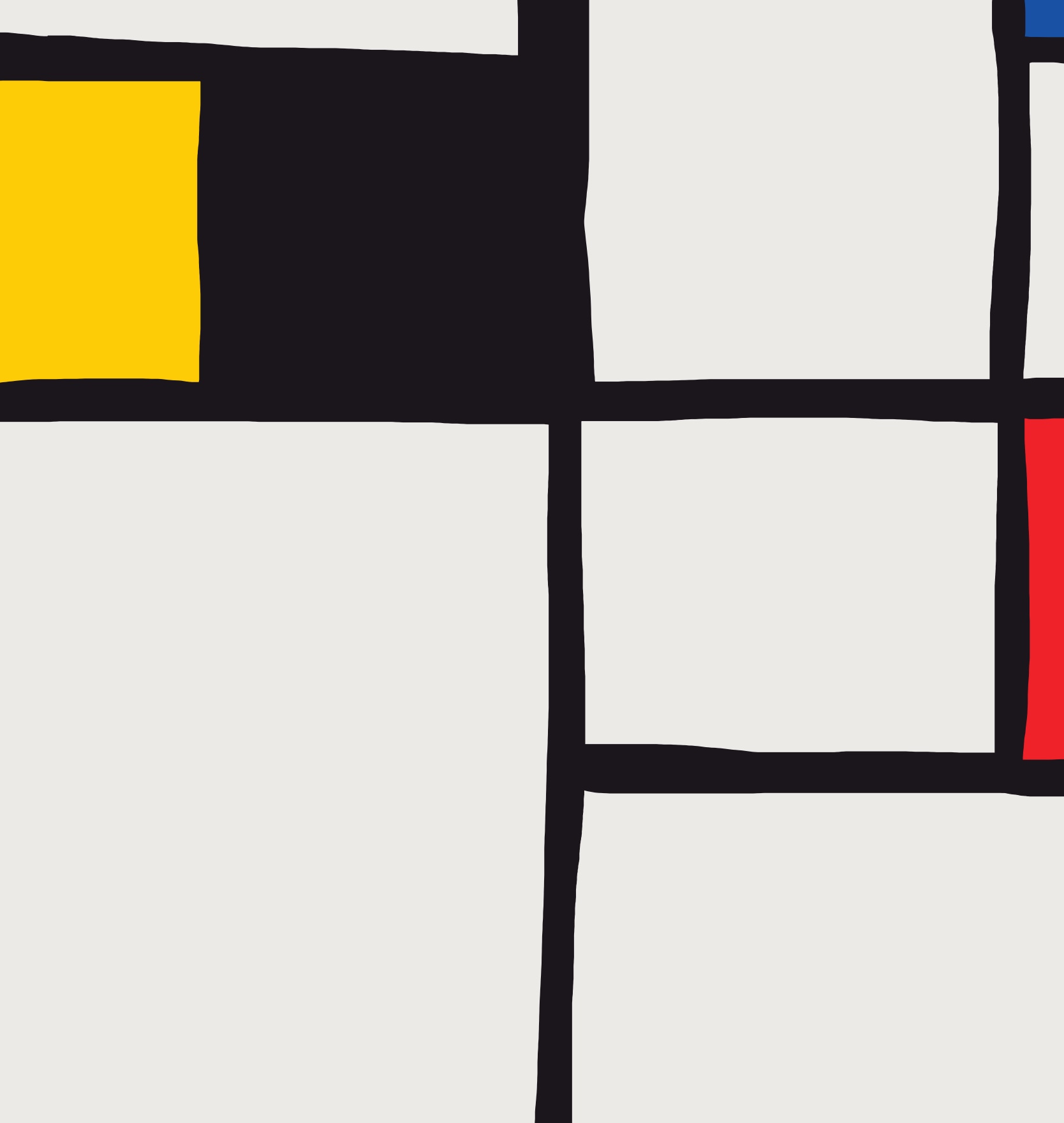
Masculine and feminine, vertical and horizontal
Don’t be ashamed finding inspiration from other artists
And finally I must tell you that I was influenced [in Paris, c. 1912/13] by seeing the work of Picasso, whom I ‘greatly’ admire. I am not ashamed to speak of his influence, for I believe that it is better to be receptive to correction than to be satisfied with one’s own imperfection, and to think that one is O so original! Just as so many painters think. And besides, I am surely totally different from Picasso, as one is generally wont to say.
Be patient with your growth and evolution as an artist
Forgive me of saying so, but good things just have to grow very slowly. I say this in connection with your plans.. ..for launching a journal. I do not think that the time is favourable for it. More must be achieved in art in that direction. I hardly know anyone who is really creating art in our style, in other words, art which has arrived.. ..(i.e. you will have to include in it [in the planned art- Journal ‘De Stijl’] what is not consistent with our ideas.
Harmony of rhythm and unchanging proportion
I am searching for the proper harmony of rhythm and unchanging proportion, as I wrote in the article. And I cannot tell you how difficult it is. [Mondrian is reacting on Van Doesburg criticism of the strong domination of the regular grid in Mondrian’s latest paintings]
Perfection is death
[Paris as modern city is] beautiful in its perfection, but perfection means death and decay. Thus interfering with the process of dying is a crime against perfection: it stands in the way of a higher perfection.
Composition as relationships, not forms
By their position and their dimension as well as by the importance of given to colour, the coloured planes express in a plastic way only relations and not forms.
Everything is expressed through relationships.
Color
The more basic the color, the more pure.
Destruction and construction
jazz and Neo-Plasticism are] highly revolutionary phenomena: they are destructive constructive. They do not destroy the actual content of form, but rather deepen form only in order to elevate it to a new order. They break the bonds of ‘form as individuality’ in order to make possible a universal unity.
Now the only problem is to destroy these lines also through mutual opposition. ..[note under his letter]: I think that the destructive element is too much neglected in art.
##
I don’t want pictures, I want to find things out.
Diagonal Compositions
It may be noted that in Neo-Plastic art the crucial thing is the right angel, that is, the right-angle lines. And not whether the position of the lines is vertical or horizontal.. .So it is possible to make very beautiful things while placing the lines in a diagonal position.
Art as pure aesthetic
As pure creation of the human mind, art is expressed as pure aesthetic creation, manifested in abstract form.
Pictoral vs decorative painting
Making pictures, not paintings:
In painting — in pictorial not decorative painting — naturalistic expression and naturalistic means become more inward, are intensified into the abstract.
Plastic art as flexible
In painting, the duality of relationships can be shown in juxtaposition (on one plane), which is impossible in architecture or sculpture. Thus painting is the most purely ‘plastic.ʼ The free plastic expression of position is unique to painting. The sister arts, sculpture and architecture are less free in this respect.
Composition allows for subjectivity in art
Composition leaves the artist the greatest possible freedom to be subjective — as long and insofar as this is necessary. The rhythm of relationship of color and dimension (in determinate proportion and equilibrium) permits the absolute to appear within the relativity of time and space.
Content is timeless, appearance is transitory
Thus all style has a timeless content and a transitory appearance. The timeless (universal) content we can call the universality of style, and its transitory appearance the characteristic or the individuality of style. The style in which individuality best serves the universal will be the greatest: the style in which universal content appears in the most determinate plastic expression will be the purest.
Form and color as means of expression
In the old art, tension of form (line), the intensity and purity of color and natural harmony were accentuated — sometimes exaggerated. In the new art this exaggeration grew to the point where form and color themselves became the means of expression.
Color is determined by relationship
Neoplasticism succeeds in universalizing color for it not only seeks the universal in each color-as-color, but unites them mutually through equilibrated relationships. In this way each single colorʼs particularity is destroyed: color is governed by relationship.
Truth as judging and comparison
This enduring truth was given various formulations in ancient times. One of them perfectly defines the true meaning of art: opposites are best known through their opposites. We all know that nothing in the world can be conceived in or by itself; everything is judged by comparison with its opposite (Philo of Alexandria; Bolland, Pure Reason)
Seeking beauty as truth (in art)
Thus we see that rational thought is in accord with the actual goal of the new painting — whether rational thought recognizes it or not. Both seek beauty not for the beautiful feelings it may arouse, but for beauty as truth, i.e., as plastic manifestation of pure aesthetic relationship.

